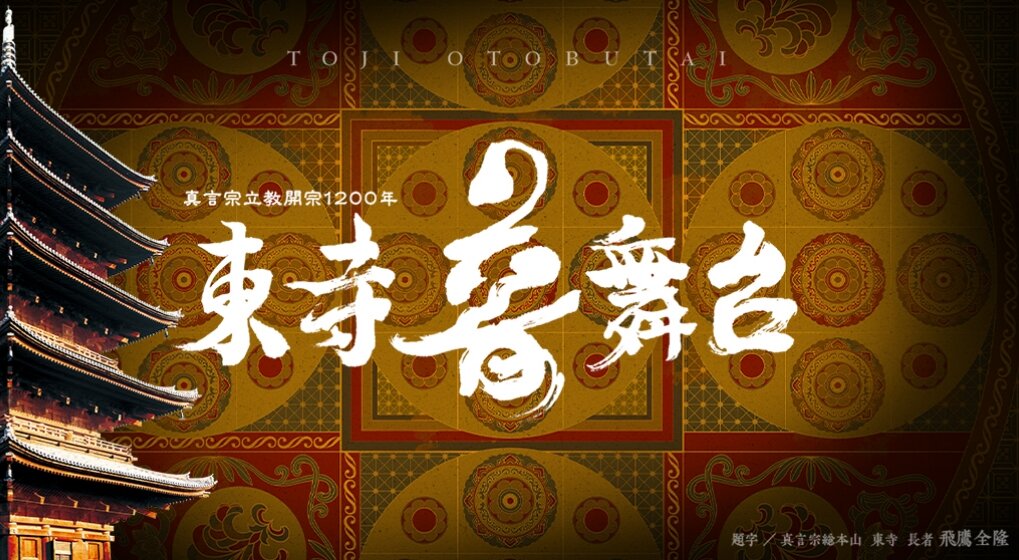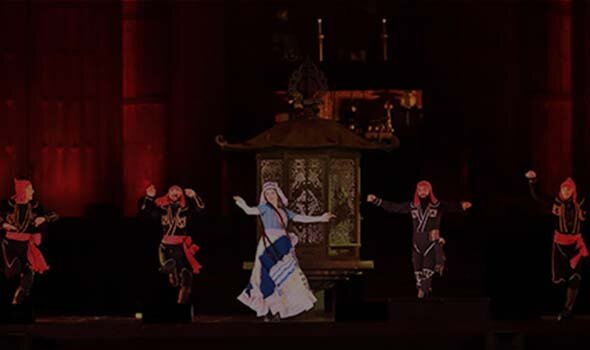The 1200th anniversary of the founding of Shingon Buddhism
Toji OTOBUTAI
This event will be broadcast on MBS and other JNN stations nationwide.
Hosted by Kyoto Buddhist Organization,
Toji Temple, Mainichi Broadcasting System.
Sponsored by Daiwa Securities Group, Japan Airlines.
About OTOBUTAI
There are many prestigious temples designated as World Heritage sites in Japan. It has always been said that Japanese traditional culture, art and entertainment have been produced and developed over the long history.
To preserve the beautiful cultural heritage and to stress the importance of passing this heritage on to the next generation, the artistic event series OTOBUTAI has been held in the precincts of prestigious temples in Kyoto and Nara annually, with the participation and collaboration of world class artists based on the theme of "Encounter of the East and the West."
In 1989, OTOBUTAI was first held at Kinkaku-ji, known as the Golden Pavilion. Since then, it has been held at renowned Japanese temples up to now, including Sennyuji, Sanzenin, Kiyomizudera, Byodoin, Toji, Enryakuji, Daigoji, Daikakuji, Nijojo, Horyuji, Mampukuji, Yakushiji, Ninnaji, Tofukuji, Toshodaiji, Todaiji, Nishi Hongwanji (in chronological order.)
This special artistic “space” created in OTOBUTAI is produced for only one night. Great performances at the space mesmerize not only Japanese but all audiences throughout the world.
This unique and innovate event will become your unforgettable stage without doubt.
Artists


Yuka Oishi
(Choreographer/Dancer)
Former soloist of The Hamburg Ballet. She currently works as a freelance artist worldwide. She has choreographed not only in the filed of ballet, but in musicals, such as Takarazuka Revue, and moreover music videos. Her recent choreographic works are, "The Nutcracker and the Secret Garden" (Sadamatsu-Hamada Ballet), "BOLERO" (San Francisco Ballet), and "The other song of dance"(Béjart Ballet).

MIYAVI
(Guitarist)
MIYAVI is renowned worldwide for his unique "slapping" technique, where he plays the electric guitar using his fingers instead of a pick. He has performed over 380 shows and successfully conducted 9 world tours in about 30 countries. Among his astounding shows both in Japan and overseas, he performed at Paris Saint-Germain Football Club’s visiting match in Japan. He provided music to NBA's Golden State Warriors, appearing in the halftime show. He is also an actor, model, and the first-ever Japanese Goodwill Ambassador for UNHCR (United Nations High Commissioner for Refugees). He is a member of "THE LAST ROCKSTARS", a super-band founded with YOSHIKI, HYDE and SUGIZO. Miyavi is the "Samurai" guitarist, continuously undertaking new challenges in the global arena.

Kohei Ueno
(Saxophonist)
Born in Japan, Kohei started playing the saxophone at the young age of eight in his school band.
He graduated from Tokyo University of the Arts, instrumental music department.Kohei had attracted public attention from an early age and made his debut while still in school.
Kohei made a sensational senior debut winning 1st prize at the 28th Japan Wind and Percussion Competition, youngest ever in its long history. In 2014,he won a prestigious 2nd prize at 6th Adolphe Sax International Competition in Belgium.Kohei has also appeared in various medias including the Japanese popular TV program “Untitled Concert” and ” Jonetsu Tairiku”.
The host of a radio program on NHK-FM “Kakeru Classic”. In addition to music, Kohei loves trains and cars and continues to pursue them deeply.
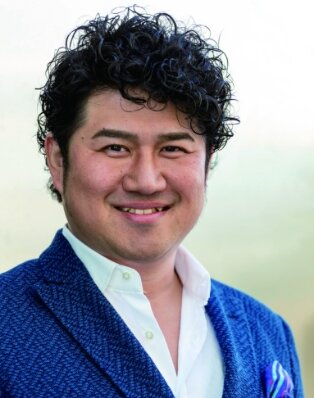
Hiroaki Fueda
(Tenor)
Hiroaki Fueda was awarded the Grand Prize at the 9th Madama Butterfly International Competition, and the 20th Goto Cultural Award for Newcomers (Opera division). He studied in Milan and received the Grand Prize at 2012 Ferrara International Competition. He played Manrico in “Il Trovatore” at Teatro Communale in Ferrara and performed at the music mass of the Vatican International Festival of Sacred Music and Art, which elevated his global reputation. He has also won the Grand Prize, Kiyoshi Igarashi Award and Canzone Award at the 50th Japan-Italy Vocal Competition. He is a member of the Fujiwara Opera, and has performed Cavaradossi in “Tosca”, Rodolfo in “La Boheme” among others. As Pollione in ”Norma”, he performed alongside M. Devia, the queen of Belcantanto and received a significant praise. Fueda is a prominent tenor under the spotlight, having also performed in NHK’s New Year Opera Concert, and “the Ninth Symphony“, and “Requiem”, among many other concerts.

Nataliya Gudziy
(Vocalist, Bandura player)
Nataliya Gudziy was born in Ukraine. In 1986, she experienced nuclear accident of the Chernobyl power plant and evacuation since her family lived only 3.5km away. Enchanted by the musical tone of the bandura, a Ukrainian folk instrument, she began learning it at the age of eight. In 2000, Nataliya Gudziy started her professional career in Japan. Her beautiful crystal-clear singing voice with melancholic and sweet resonance of bandura playing have mesmerized many audiences. In July 2005, when the President of Ukraine visited to Japan, she was invited to dinner at the Prime Minister's Office and showed off the performance. In July 2016, she received the Foreign Minister's Commendation of Japan, since her activity was highly evaluated. In addition to concerts, she works on various fields such as international understanding and music classrooms, television, radio and school concerts. Her activity had also been taken up in textbooks for schools.
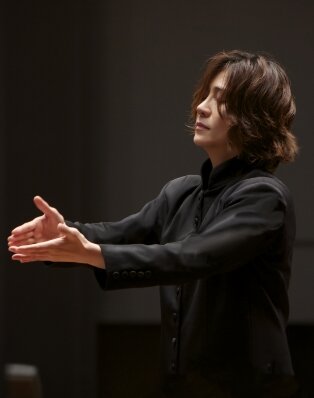
Tomomi Nishimoto
(Artistic Director / Conductor)
Tomomi Nishimoto is a distinguished and leading Japanese conductor who has been invited by numerous renowned orchestras, national opera houses, and international music festivals across the world. She completed Harvard Kennedy School’s Executive Education program and is a World Economic Forum YGL, as well as sub-project manager and principal investigator for the Japan Science and Technology Agency's “Moonshot Goal 9”. Nishimoto is also a specially appointed senior academic researcher at Hiroshima University, as well as a visiting professor at the Osaka College of Music and the Professional University of Beauty & Wellness. Nishimoto has been awarded with numerous recognitions including the Honor of Fondazione Pro Musica e Arte Sacral and the Cabinet Secretariat of Japan, National Policy Unit‘s "Thanks Letter from the Minister Responsible for the National Policy Unit”. She also appeared in TV commercials promoting Japan overseas for the 2015 and 2016 G7 summits. As a leading Japanese artist, she has been featured in documentaries by CNN International and French-German joint broadcaster Arte, ZDF among others.
Information
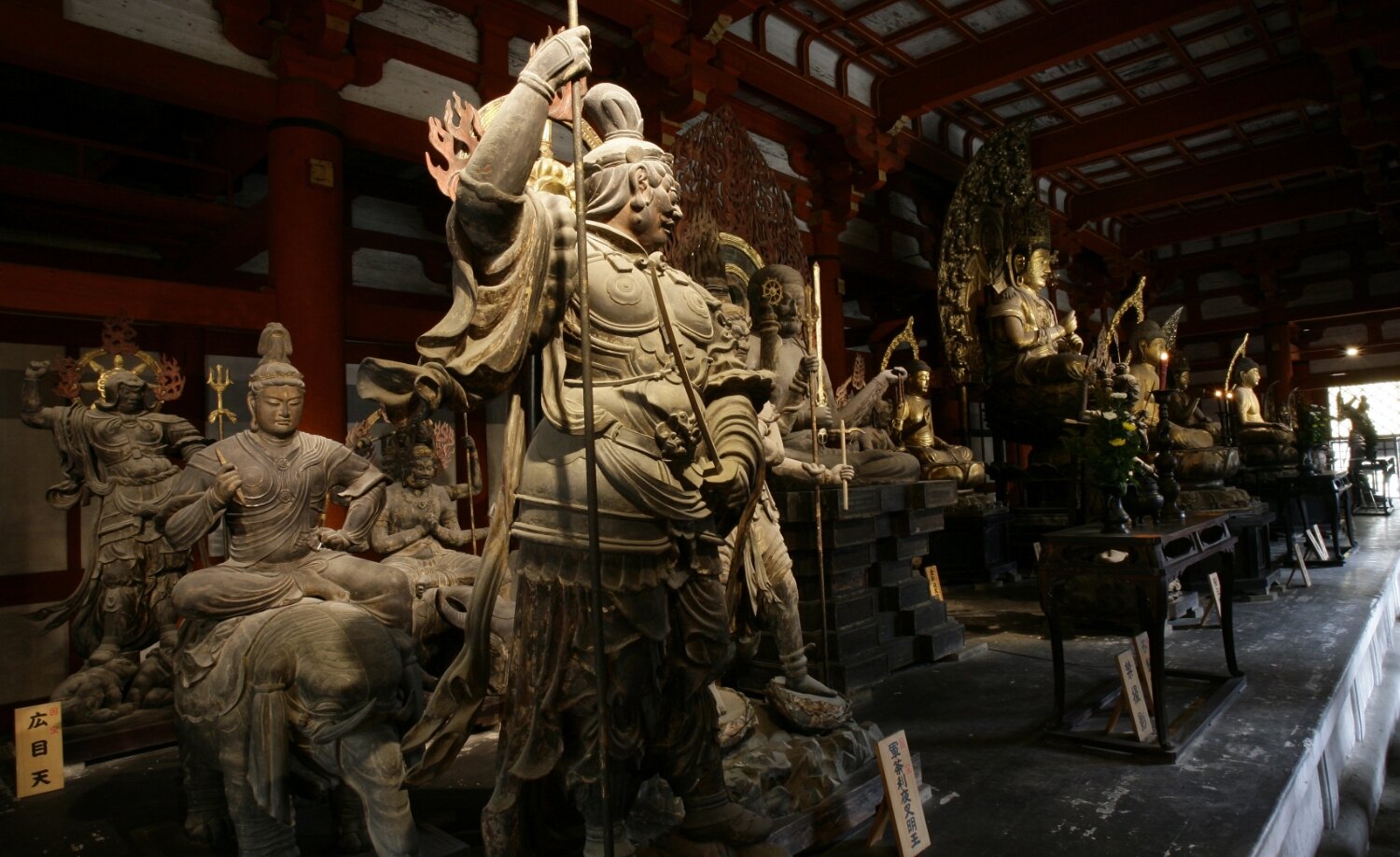
ABOUT TOJI
Toji is the first Japanese temple of Esoteric Buddhism and is the headquarters of the Shingon sect. It is also known as Kyoogokokuji.
Emperor Kammu had it built as one of the major temples which stands on the east and west side of Rajyo-mon, the main gate into ancient Kyoto. Construction began in 796, two years after the capital was moved to Kyoto. In 823, it was bestowed to Kobo Daishi, the founder of the Shingon sect, by Emperor Saga. Since then, Toji has prospered as the foundation hall of the esoteric Shingon sect. This temple follows the traditions of King Ashoka of ancient India who protected Buddhism. It is suffused with the hope of Daishi that Buddhism protects the peace of the land and its light reaches the corners of the earth.
Enter Toji temple at Nandai-mon (Important Cultural Property), and in a straight line is the main temple building Kondo (National Treasure), Kodo (Important Cultural Property), then a bit farther in, Jikido. They are flanked by the Five-storied Pagoda (National Treasure) and Kanjyo-in (Important Cultural Property). The grounds are separated by walls to be a mandala as well as Mitsugon Jodo (sacred ground where Dainichi Nyorai resides).
Daishi established Mt. Koya as a place for his own contemplation and the wisdom he gained there, he put into practice as altruism at Toji. He dedicated himself to solving the suffering of the human condition and its expression in life, represented by the four inevitables of birth, death, sickness and death.
“Kobo-san” is a fixture in Kyoto which occurs on the 21st of every month, the memorial day of Daishi’s death. About 1000 stalls line the grounds and over 100,000 people visit. This is an expression of the people’s devotion to Daishi.
Since the Heian era and its 1200-year history, Toji has endured many disasters such as typhoons and fires from lightning and war. The majority of the halls and tower have burned down, but each time, the faith of the people has rebuilt it to its original state. The 55-meter tall Five-storied Pagoda, in particular, has burned down and undergone reconstruction since the very beginning and is currently in its fifth incarnation. It is the tallest old tower still in existence in Japan and to this day, it remains a symbolic gateway to the old capital.
In addition to items belonging to Daishi, Toji is home to many National Treasures and Important Cultural Properties such as the Yakushi Sanzon statue in Kondo, esoteric Buddhist statues and the Two World Mandala.
In 1994, Toji was registered as a UNESCO World Heritage Site.
